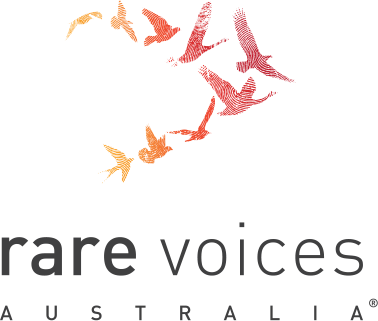Batten Disease (Neuronal Ceroid Lipofuscinosis)
IMPORTANT INFORMATION
The information on the Rare Awareness Rare Education (RARE) Portal is intended for educational purposes only and does not replace professional advice.
Rare diseases typically display a high level of symptom complexity and variability. Individuals diagnosed with the same rare disease may be impacted differently and each person’s experience is unique. Please seek support from qualified healthcare professionals to learn more about the most suitable care and support options for you.
Synonyms:
CLN, CLN1, CLN2, CLN3, CLN4, CLN5, CLN6, CLN7, CLN8, CLN10
NCL: Neuronal Ceroid Lipofuscinosis
JNCL: Juvenile Neuronal Ceroid Lipofuscinosis
LINCL: Late Infantile Neuronal Ceroid Lipofuscinosis
INCL: Infantile Neuronal Ceroid Lipofuscinosis
Kufs disease (this is another name for CLN4)
This page is currently under co-development with Batten Disease Support and Research Association (BDSRA) Australia.
For more information on Batten disease, also known as Neuronal ceroid lipofuscinosis (NCLs), please refer to:
- Batten Disease Support and Research Association (BDSRA) Australia
- MedlinePlus – Batten Disease
- Batten Disease Support Research & Advocacy Foundation (USA)
Quick Page Search:
Emergency Management | Clinical Care Guidelines | Synonyms | Summary | Personal Stories | Symptoms | Cause/Inheritance | Diagnosis | Treatment | Clinical Care | Research | Rare Disease Organisation(s) | Support Services/Resources | Mental Health | Other | References
